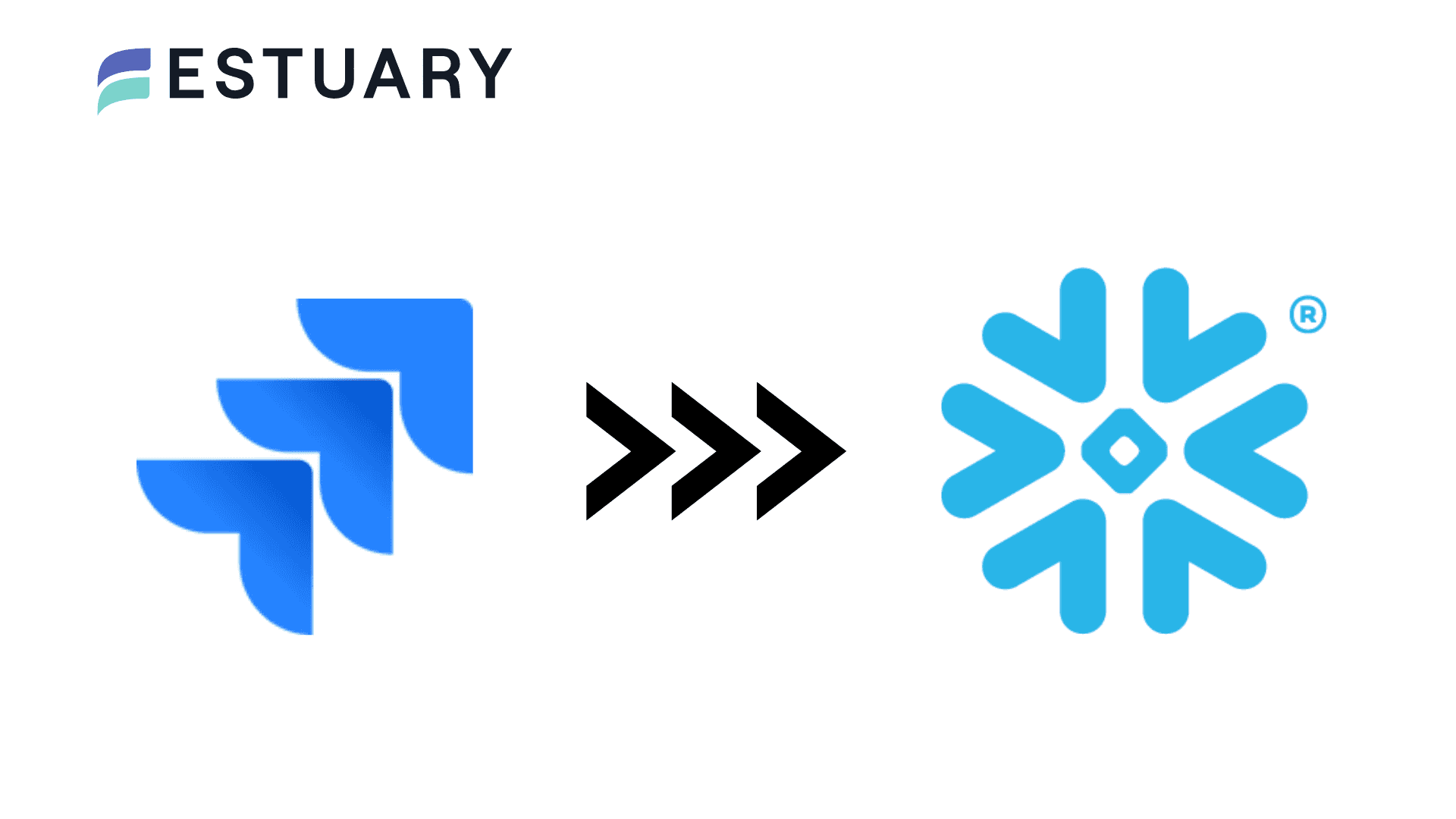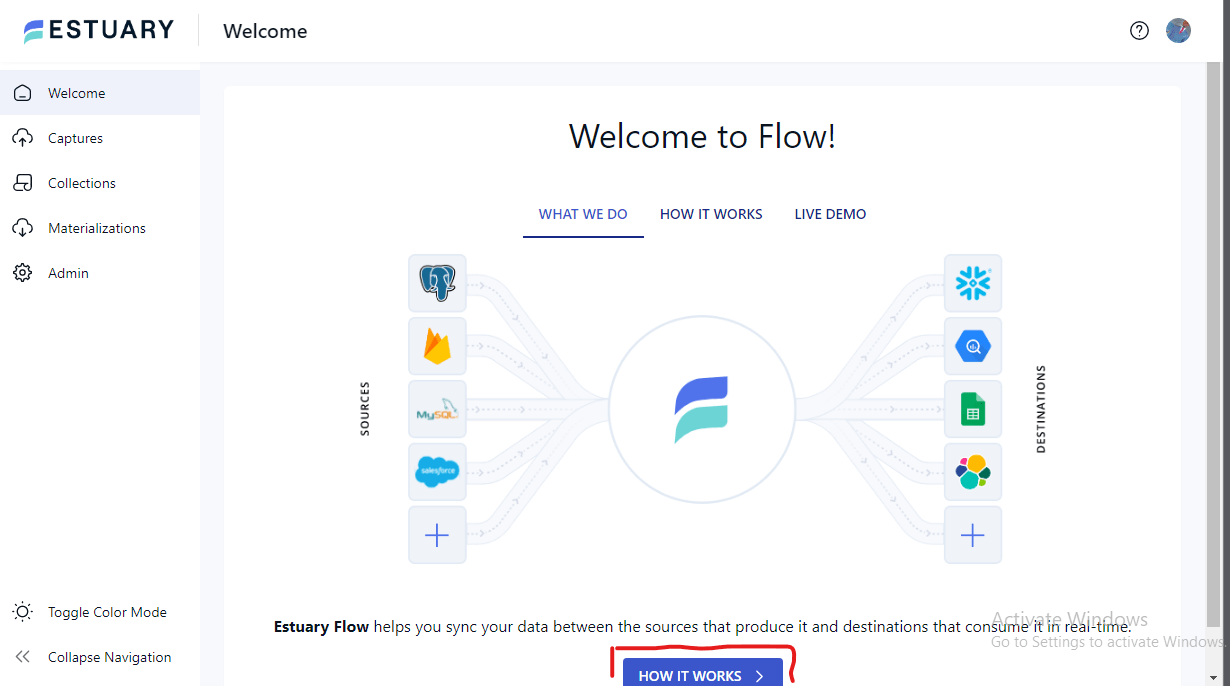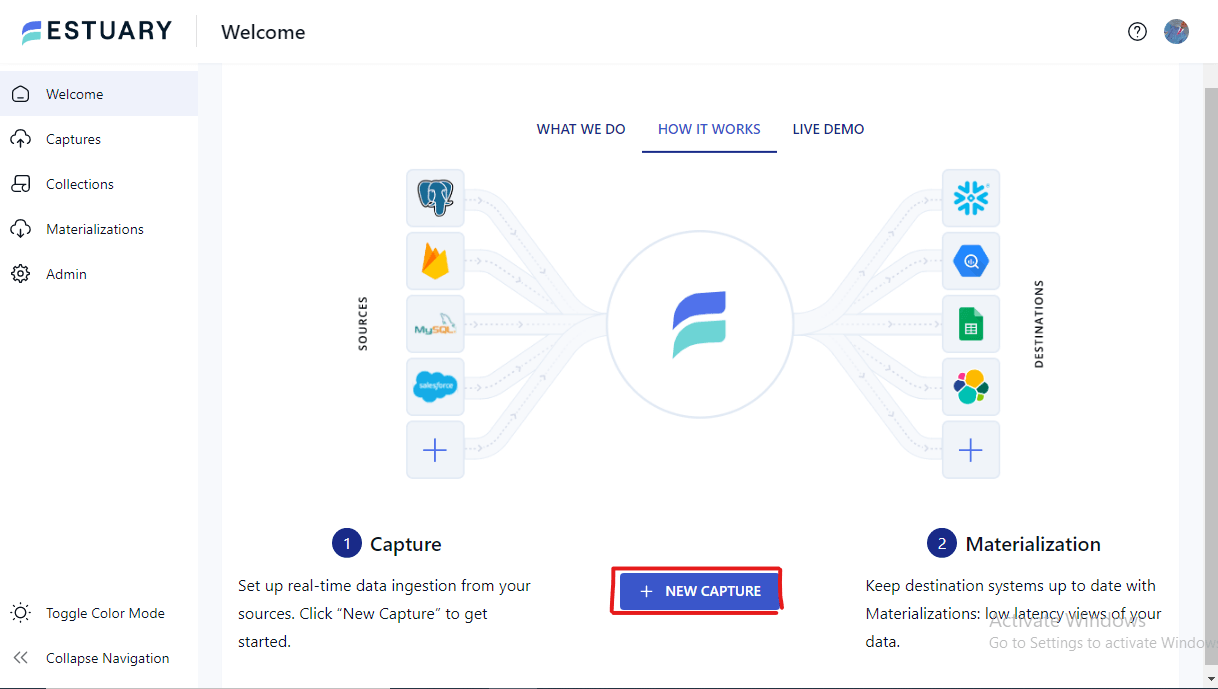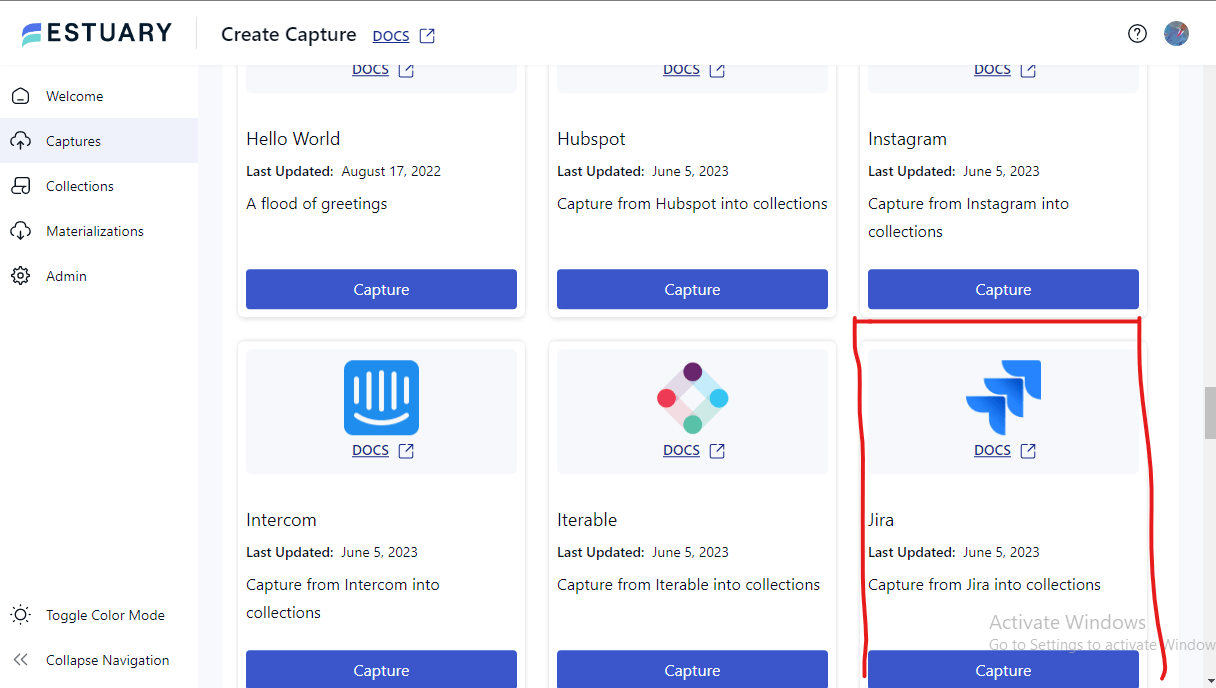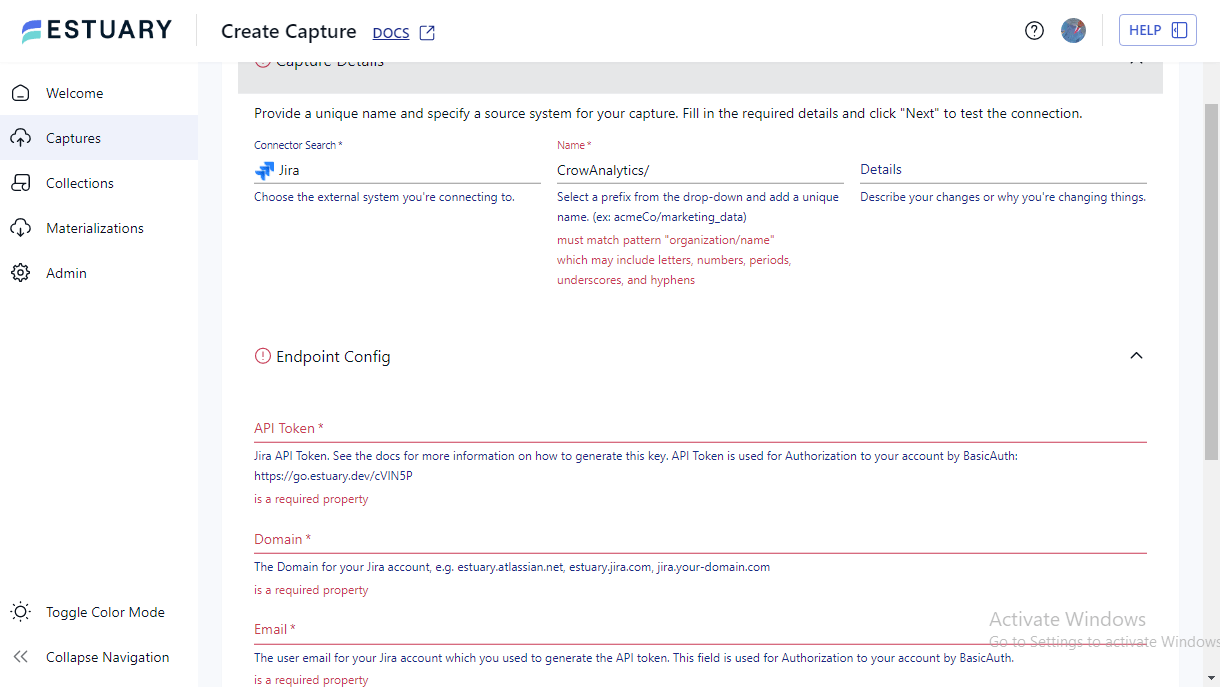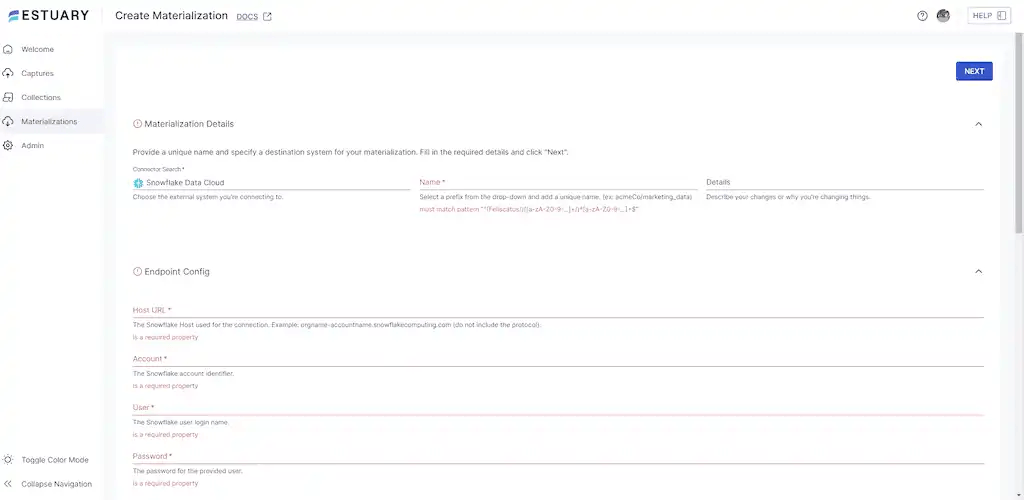
Are you a data engineer or developer looking to streamline your project management and data analytics processes? Integrating Jira, a powerful agile project management tool, with Snowflake, a cloud-based data warehousing platform, can be the solution you've been searching for.
In this comprehensive guide, we will walk you through the step-by-step process of integrating Jira with Snowflake seamlessly and quickly. By leveraging the power of this integration, you can enhance collaboration, improve decision-making, and boost overall productivity.
Benefits of Integrating Jira with Snowflake: A Comprehensive Overview
Before we delve into the integration process, let's gain a clear understanding of Jira and Snowflake and why combining these two powerful tools can transform your data management practices.
Jira is an agile project management tool widely used by teams to plan, track, and manage their projects efficiently. With features like issue tracking, task assignment, and customizable workflows, Jira empowers teams to stay organized and deliver high-quality results.
On the other hand, Snowflake is a cloud-based data warehousing platform designed to handle massive volumes of data. It offers scalability, flexibility, and advanced analytics capabilities, which makes it an ideal choice for data-driven organizations.
By integrating Jira with Snowflake, you can break down data silos, promote cross-team collaboration, and enable data-driven decision-making. Besides, the seamless flow of information between Jira and Snowflake ensures that project data is always up-to-date—it enables you to do real-time reporting and analytics.
Furthermore, efficient data transfer is crucial if you desire the right information to be available at the right time, to minimize delays and maximize productivity. That's why in the coming sections you will explore a step-by-step guide to help you set up the Jira and Snowflake environments for integration.
Why do you need to integrate Jira to Snowflake?
You might ask why you need to integrate Jira to Snowflake. Let’s dive deeper into the benefits we touched on above.
Streamlining project management and data analytics
Imagine you work with a global software development firm that is facing challenges in aligning its project management processes with its data analytics initiatives. By integrating Jira with Snowflake your firm can achieve significant improvements in its workflow efficiency and data-driven decision-making.
Now imagine that the company is struggling with data silos, inconsistent reporting, and time-consuming data extraction. With Jira to Snowflake integration, the company can establish a seamless data flow between the two systems, which will ensure real-time synchronization of project data and analytics insights.
Through the integration, the company will experience:
a. Streamlined project management: For example, the integration will enable automatic updates of project status, task assignments, and issue tracking in Jira. It will also ensure real-time visibility for the entire team. Besides, the streamlined workflow will reduce manual efforts and improve collaboration.
b. Enhanced data analytics: By leveraging the advanced analytics capabilities of Snowflake, the company can extract and analyze project data alongside other business data sources. This integration will empower the company to gain valuable insights, make data-driven decisions, and identify areas for process improvement.
Enhancing cross-functional collaboration and reporting
Also imagine that you work with a multinational corporation with multiple departments and cross-functional teams, which seeks to improve collaboration and reporting efficiency. By integrating Jira with Snowflake, the organization can achieve seamless data integration and a centralized reporting system.
The integration will bring the following benefits to the corporation:
a. Improved collaboration: Jira to Snowflake integration will enable teams across departments to access and share project data in real-time. This will eliminate the need for manual data transfers, reduce delays in data extraction and ensure consistent information across teams.
b. Centralized reporting: This integration will enable teams to consolidate project data from Jira and other sources into Snowflake. The resultant centralized reporting system will provide accurate and up-to-date information for executive-level reporting and decision-making.
These hypothetical cases illustrate the positive impact of Jira to Snowflake integration on project management, data analytics, collaboration, and reporting. By imagining the possibilities they provide, you can apply similar strategies and approaches to your actual integration implementation.
Step-by-Step Guide for Jira to Snowflake Integration
Learn easy steps of connecting these platforms to centralize and analyze your Jira data in Snowflake.
Step1: Setting up the Jira and Snowflake environments for Integration
To begin the Jira to Snowflake integration process, you need to ensure that both Jira and Snowflake environments are properly set up and configured. Follow these steps to get started:
1. Creating a Jira project:
When setting up a new Jira project, consider the specific requirements of your team and project. Define the project scope, workflows, and issue types that align with your needs. Create custom fields, if necessary, to capture additional data relevant to your integration.
Pro tip: Ensure that you have appropriate project permissions in Jira to avoid any access restrictions during the integration process.
2. Configuring Snowflake account and database:
If you haven't already, sign up for a Snowflake account and provision a database for your integration. Follow the Snowflake documentation and guidelines to set up the account, create a new database, and configure the necessary security settings. But if you already have a Snowflake account and a database in place, you are good to go.
Pro tip: Consider implementing proper access controls and encryption mechanisms to safeguard your data in Snowflake.
Step 2: Connecting Jira and Snowflake
Once the Jira and Snowflake environments are ready, it's time to establish the connection between the two systems, for which the following steps apply:
1. Utilizing the Jira and Snowflake integration tools:
Jira and Snowflake offer various integration options and tools to facilitate the connection process—you can explore the available plugins, connectors, or APIs provided by both platforms. Choose the integration tool that best suits your requirements and technical capabilities.
Pro tip: To ensure a seamless integration experience, your selected integration tool must support the version of Jira and Snowflake you are using.
2. Establishing the connection between Jira and Snowflake:
Configure the integration settings within your chosen tool to establish a secure and reliable connection between Jira and Snowflake. This typically involves providing authentication credentials, and connection parameters, and specifying the target Snowflake database.
For example, Estuary Flow enables you to integrate Jira to Snowflake in minutes. It's a DataOps tool that doesn't require you to write any code. With Flow, you can do away with API programming, sit back, and allow the platform to do the integration for you. Moreover, the user interface is interactive, and the steps to integrate the two cloud apps are simple as summarized below.
- Set Up Estuary Flow: You need to sign up for an Estuary Flow account, and if you've got one already, you need to log in to it to access your dashboard.
- Connect to your Jira account: On your dashboard, click on HOW IT WORKS and then NEW CAPTURE.
From the connector tile, select Jira.
Connect to your Jira account by filling in your account API token, domain, and email address with which you generated the API token.
At this stage, you can deselect the collection you don't want to be captured, as all collections are selected by default. You can also change collection names and modify other properties of your choice. Once you are fine with what you see, click Save and Publish. Next, click on Materialize Collections to move your captured data to a destination–in this case, Snowflake.
Pause here and make sure Snowflake is configured to receive data from Flow. You can set everything up by running a quick script, which you’ll find here.
- Materialize captured data to Snowflake: From the list of connectors, select Snowflake data cloud.
Complete the Endpoint configuration by filling in a unique name for your materialization, Host URL, Account Identifier, Username, and Password, and click NEXT.
Immediately, Flow initiates a connection with your Snowflake account. At this stage, you can make any changes to any collections before you materialize them. And when you're cool with the resultant configuration, click Save and Publish.
Note that Flow notifies you when the full data flow has been published successfully. This means that all historical and real-time data is now integrated to Snowflake in just minutes. The fun part is you can execute this process in seconds if you click your mouse button fast enough.
Pro tip: Test the connection to verify its successful establishment and troubleshoot any potential connectivity issues.
Step 3: Mapping and Transferring Your Data: Streamlining the Flow
With the connection established, you are now ready to map and transfer data between Jira and Snowflake, of which the following steps ensure a smooth data transfer process:
1. Defining the data mapping strategy:
Determine the data fields and entities in Jira that need to be mapped to corresponding tables and columns in Snowflake. Identify the key data elements, such as issue types, custom fields, and relevant project information, to be included in the integration. Note that with Estuary Flow, this whole process is executed automatically by the platform.
Pro tip: Take advantage of the schema flexibility of Snowflake to design a data model that aligns with your reporting and analytics requirements.
2. Executing the data transfer process:
Extract data from Jira based on the defined mapping strategy. Transform the extracted data if necessary to ensure compatibility with the Snowflake database schema. Load the transformed data into the corresponding Snowflake tables. Again with Estuary Flow, this process is carried out automatically by the platform—you don't even need to know how it happens.
Pro tip: Consider scheduling regular data updates or implementing real-time data synchronization mechanisms for a continuously updated dataset in Snowflake.
Jira to Snowflake Integration Best Practices: Optimize for Success
To ensure a successful and efficient Jira to Snowflake integration, it is essential to follow industry best practices. By adopting these practices, for example, you can enhance data integrity, streamline processes, and optimize performance. The following are some best practices worth noting.
Ensuring data integrity and security
1. Data validation: Implement data validation mechanisms during the integration process to ensure the accuracy and consistency of transferred data. Perform data quality checks, including field validation, format validation, and data reconciliation, to maintain data integrity.
2. Access controls: Define appropriate access controls and permissions within Jira and Snowflake to restrict data access based on user roles and responsibilities. Implement security measures such as encryption, authentication, and authorization protocols to protect sensitive data during transmission and storage.
Monitoring and troubleshooting the integration process
1. Logging and monitoring: Set up comprehensive logging and monitoring tools to track the integration process. Monitor data transfer activities, error logs, and performance metrics to identify any potential issues or bottlenecks. Review logs regularly to ensure the integration is functioning as expected.
2. Error handling strategies: Establish error-handling strategies to handle integration failures or exceptions. Implement mechanisms to capture and notify stakeholders of errors promptly. Define escalation procedures to address critical issues and minimize downtime.
Optimizing performance and scalability
1. Performance tuning: Continuously monitor and optimize the performance of the integration. Fine-tune configurations, such as batch sizes, data transfer intervals, and concurrency settings, to achieve optimal data transfer speed and efficiency.
2. Scalability considerations: Anticipate future growth and plan for scalability. Ensure that the integration architecture can handle increased data volumes, user load, and system demands. Consider implementing parallel processing and distributed data transfer techniques to scale seamlessly.
3. Caching and data optimization: Implement caching mechanisms to minimize redundant data transfers and improve performance. Utilize data optimization techniques such as compression, partitioning, and indexing within Snowflake to optimize storage and query performance.
Ultimately, following these best practices will enable you to maintain data integrity, address integration issues proactively, and ensure optimal performance and scalability for your Jira to Snowflake integration.
Looking to connect Jira with other platform? Checkout these guide:
Conclusion
One thing is for sure: Integrating Jira with Snowflake can unlock numerous benefits for data engineers and developers seeking streamlined project management and data analytics processes. And in this comprehensive guide, you have explored the step-by-step process of integrating Jira and Snowflake seamlessly and quickly.
By setting up the Jira and Snowflake environments, connecting the two systems, mapping and transferring data, and following best practices, you can achieve a successful integration that enhances collaboration, improves data-driven decision-making, and boosts overall productivity.
As you embark on your own Jira to Snowflake integration journey, remember to plan carefully, communicate effectively, and continuously monitor and optimize the integration process. By doing so, you will achieve a seamless and efficient integration that empowers your team with real-time data insights to engender better project outcomes.
You can start today to experience this seamless integration using Estuary Flow. It comes equipped with all the popular connectors you desire. Its interface is intuitive. Most importantly, you won't have to code a thing.
Meanwhile, you're welcome to connect with a growing community of data enthusiasts–developers and engineers–who love reading about your experience on this Slack channel.

About the author
With over 15 years in data engineering, a seasoned expert in driving growth for early-stage data companies, focusing on strategies that attract customers and users. Extensive writing provides insights to help companies scale efficiently and effectively in an evolving data landscape.
Popular Articles





